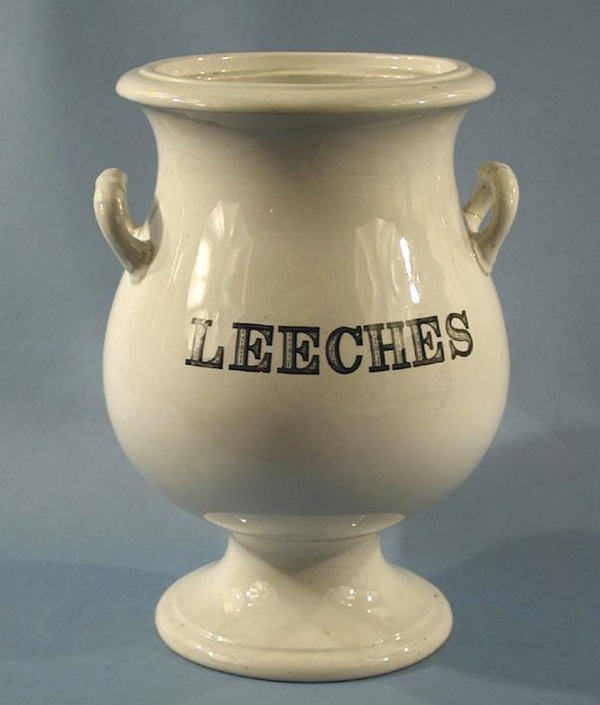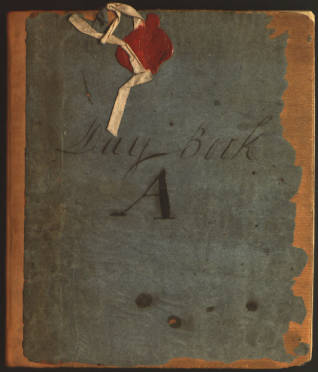By Ben Gammell for Your Public Media
The discovery of anesthesia is one of the major breakthroughs in medical history. From ancient times to the mid-1800s, pain from dentistry and surgery could be relieved but never eliminated. Surgery in colonial America (such as amputating a limb, removing a tumor or eye cataract, or repairing a skull fracture) was performed only if a capable person was around to attempt it, with strong assistants to hold the patient down. The only way dentists could help patients relieve tooth pain was to fill cavities, pull rotten teeth, and insert false teeth—all without anesthesia before 1844.
Horace Wells Sees Serious Side of Laughing Gas
What happened in 1844? On the evening of December 10, a 29-year-old Hartford dentist named Horace Wells attended a demonstration of laughing gas, or nitrous oxide, at Union Hall in Hartford. Laughing gas demonstrations were a form of popular entertainment where participants inhaled the gas, causing them to “Laugh, Sing, Dance, Speak, or Fight, &c, according to the leading trait of their character,” as a Hartford Times advertisement claimed. During the demonstration, Wells noticed that one of the participants injured his leg but didn’t seem to notice. Wells grasped the potential of the gas to relieve pain, and the next day he tried it on himself, enlisting a former student to extract a wisdom tooth. Wells awoke having felt no pain during the procedure and went on to use it on his own patients.
In 1845, Wells demonstrated nitrous oxide at Massachusetts General Hospital in Boston. During the procedure, his patient cried out and the “discovery” was deemed a failure, although later the patient said he did not feel a thing. This led to a drawn-out controversy over who discovered anesthesia, as others began to claim the honor for themselves, including William T. Morton, a former student of Wells. After much debate—and after his death in 1848—Horace Wells was recognized as the “Discoverer of Anesthesia” by the American Dental Association in 1864 and the American Medical Association in 1870.
Ben Gammell is Coordinator of Interpretive and Education Projects at the Connecticut Historical Society.
© Connecticut Public Broadcasting Network and Connecticut Historical Society. All rights reserved. This article originally appeared on Your Public Media.
Note: ConnecticutHistory.org does not edit content originally published on another platform and therefore does not update any instances of outdated content or language.










